September 24, 2025
In a major stride for space science, NASA has sent a new mission hurtling toward the outer boundary of the heliosphere to better understand how solar winds and interstellar influences impact Earth and the broader solar system. The mission took off from Florida aboard SpaceX’s Falcon 9 rocket, carrying three spacecraft with complementary roles in monitoring the Sun, the protective space bubble around our system, and the outer layer of Earth’s atmosphere.
What Was Launched
The primary spacecraft, known as the Interstellar Mapping and Acceleration Probe (IMAP), will study the heliosphere — the magnetic and particle-filled bubble created by the Sun that shields the planets from harmful cosmic rays. IMAP will measure how particles from interstellar space and solar particles interact, what accelerates them, and how the outer boundary reacts to changes both from the Sun and from beyond.
Alongside IMAP are two supporting missions:
- The Carruthers Geocorona Observatory, which will observe Earth’s geocorona (the outermost tenuous atmosphere) and how it glows in ultraviolet light. This will help scientists see how solar storms affect Earth’s atmosphere.
- NOAA’s Space Weather Follow-On L1 (SWFO-L1) observatory, aimed at tracking solar activity in real time to improve space weather warnings — something vital for protecting satellites, astronauts, and Earth-based systems like power grids.
Why It Matters
- Protection from solar storms: Solar flares and coronal mass ejections can disrupt satellites, GPS, radio communications, and even power grids. Having better prediction tools gives us time to prepare and protect critical infrastructure.
- Astronaut safety: As humans prepare for longer space missions — to the Moon, Mars, or deeper into space — shielding from radiation and knowing when dangerous solar activity might occur becomes ever more crucial.
- Scientific understanding: The heliosphere is our solar system’s “shield,” and learning how it works — how it responds to energy from inside and outside — can shed light on why Earth is habitable, how cosmic radiation is filtered, and what other solar systems might be experiencing.
Mission Details & Timeline
- The launch took place early in the morning from NASA’s Kennedy Space Center, with the rocket successfully deploying all three spacecraft.
- IMAP carries ten different science instruments, each designed to measure particles, magnetic fields, dust, and energetic radiation, among other things.
- The spacecraft, once deployed, will travel to the Sun-Earth Lagrange Point 1 (L1), a stable point roughly a million miles away in the direction of the Sun, where it will have a clear, uninterrupted view of solar activity.
- Over the coming months, all systems aboard IMAP and the other observatories will be calibrated. The data gathering and observational science are expected to begin in earnest in early 2026.
Challenges Ahead
While the mission is ambitious, there are several hurdles:
- The instruments must survive harsh space environments, including intense radiation and variations in solar activity.
- Communication delays and data flow constraints over vast distances require careful engineering and robust backup systems.
- The complexity of separating signals from solar versus interstellar sources is high — distinguishing which particles originate from inside our solar bubble versus those coming from interstellar space demands precision and careful modeling.
The Big Picture
This mission marks one of NASA’s most comprehensive efforts yet to map the heliosphere and strengthen our defenses against space weather. In a time when society depends more than ever on space-based systems — from communication satellites to navigation — better forecasting and protective tools are not just scientific luxuries, but necessities.
As IMAP and its companion observatories start sending back data, we stand to get clearer insights into the Sun’s influence, the boundary that protects us, and how to live more safely under a star that is anything but quiet.

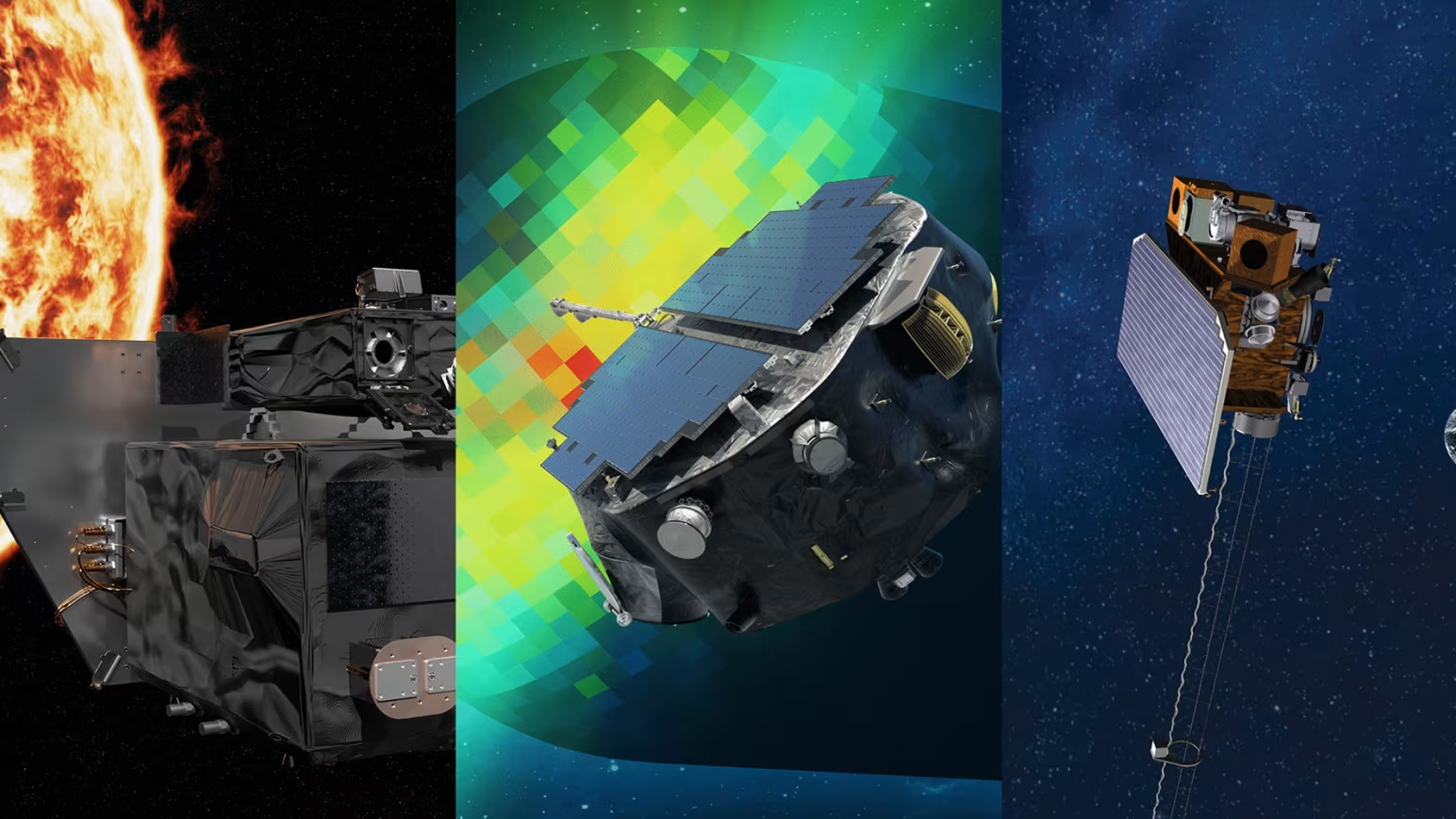
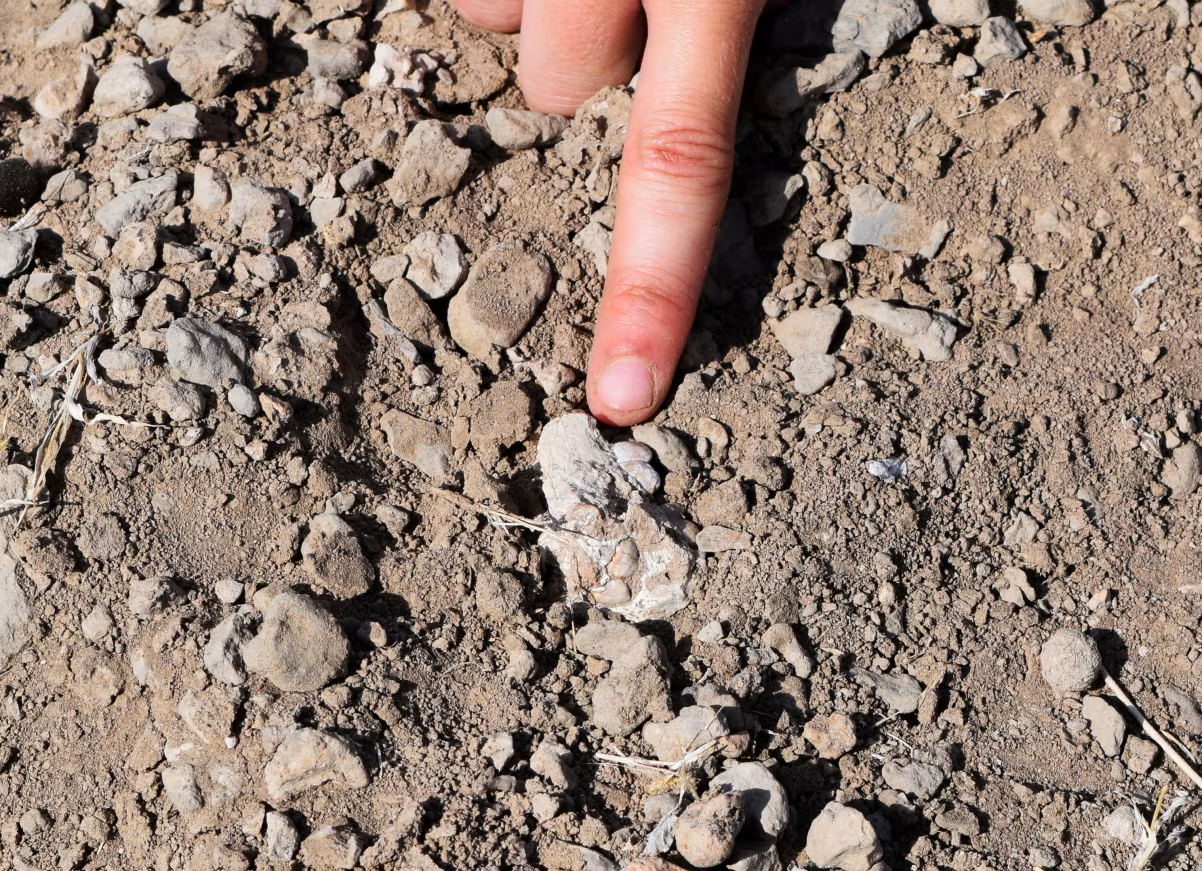
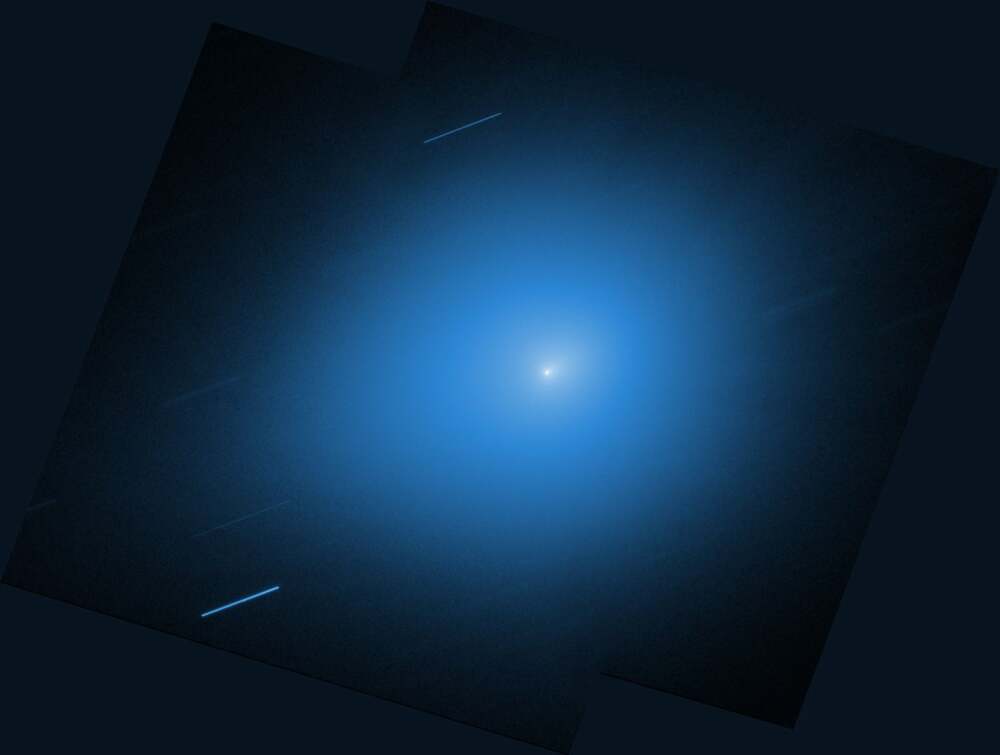
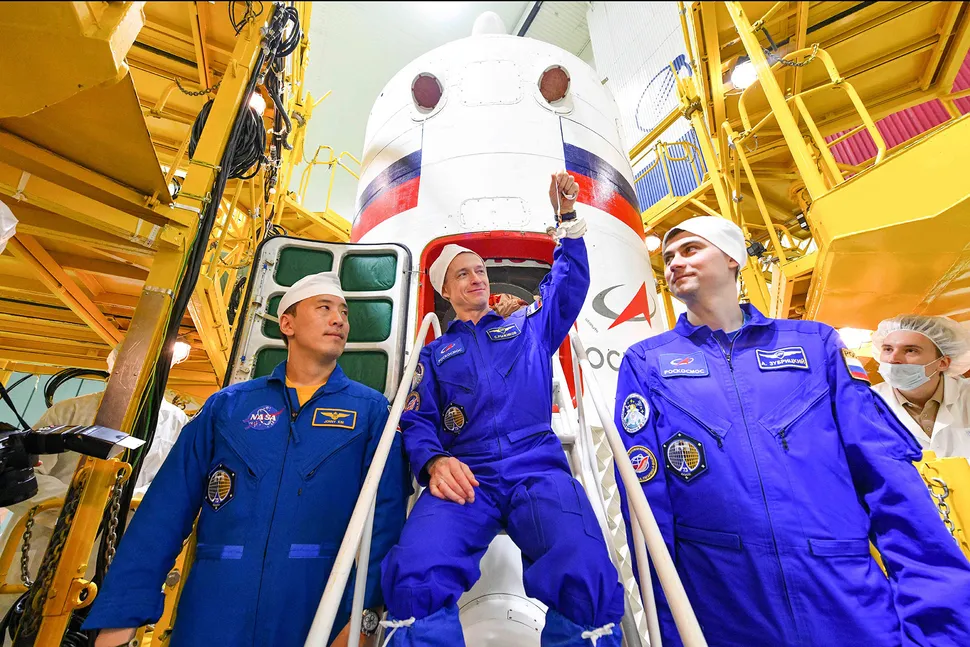
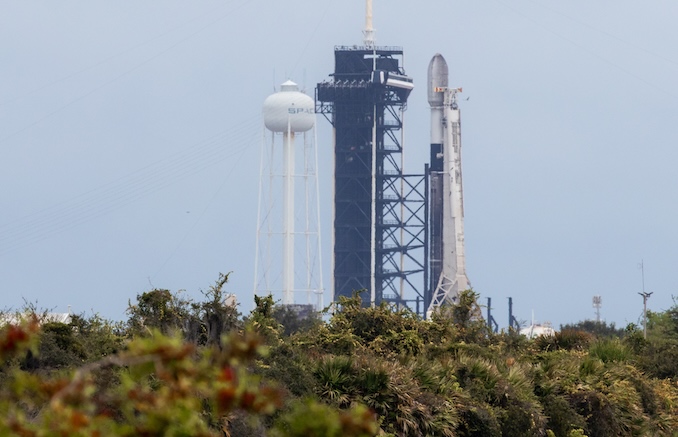
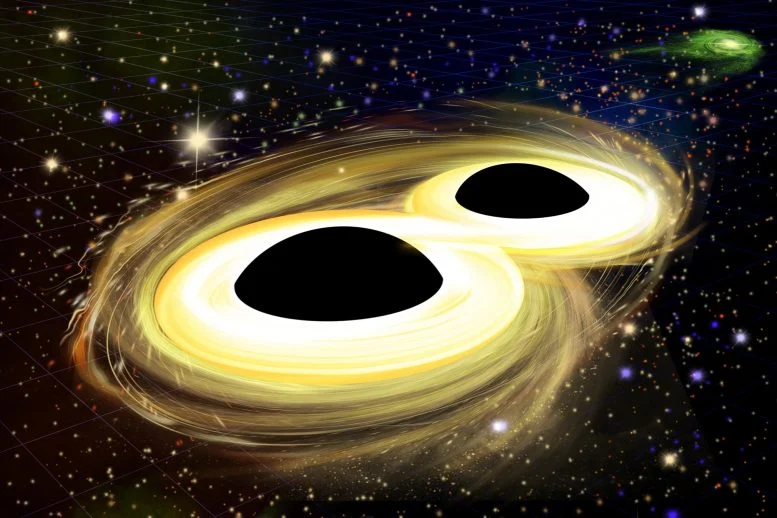

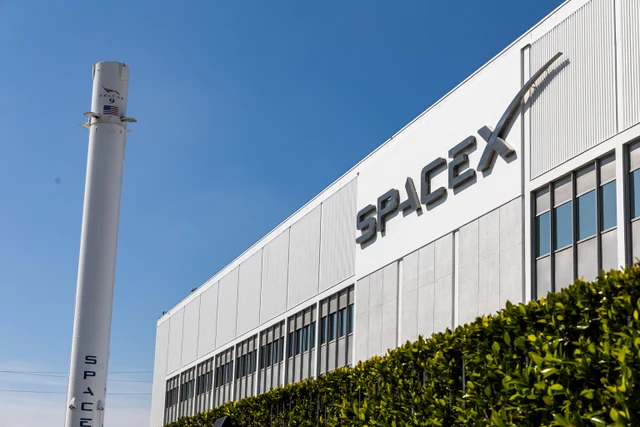

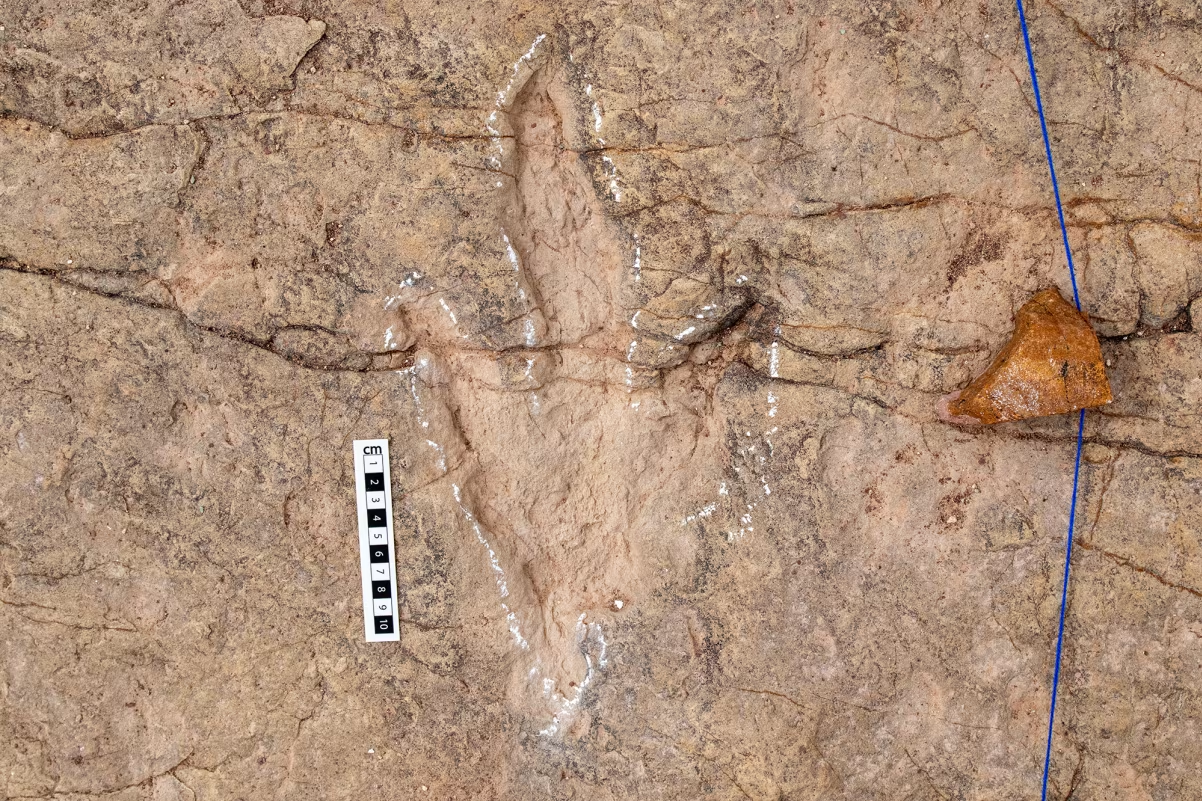
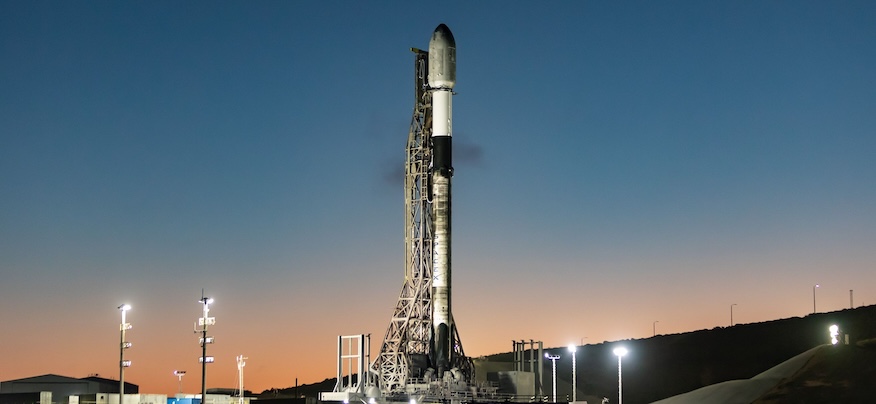




Leave a Reply